This southern European adventure took Mike & Sandy to Portugal for 12 days, and then to Croatia for 12 more, and included travel on a river boat and a 26-passenger yacht. Here's where they went:
(Enlarge any picture in a new window by clicking on it -- click "back" to return to this page.)
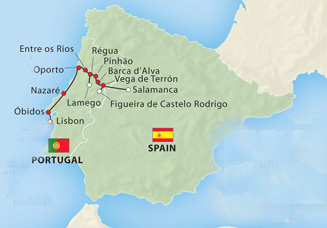
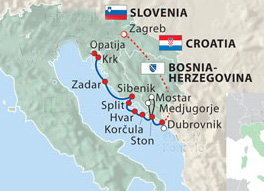
Here's some pictures of the two boats.
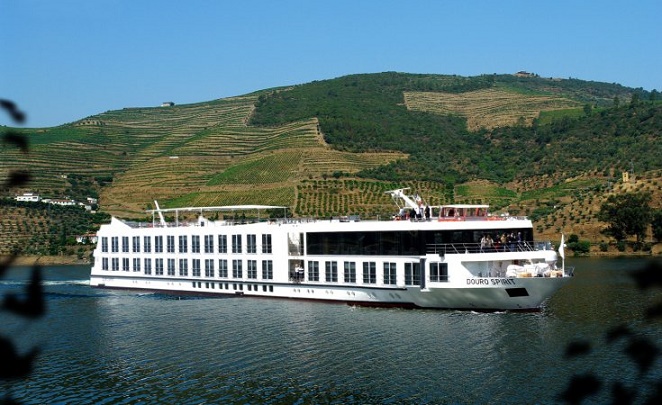

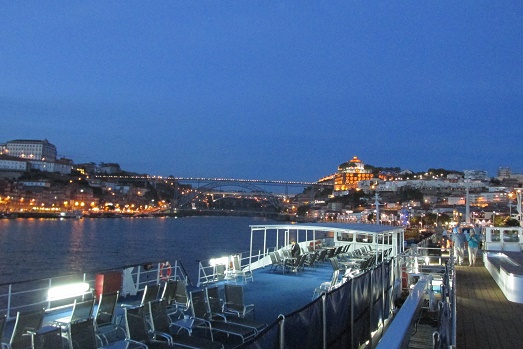


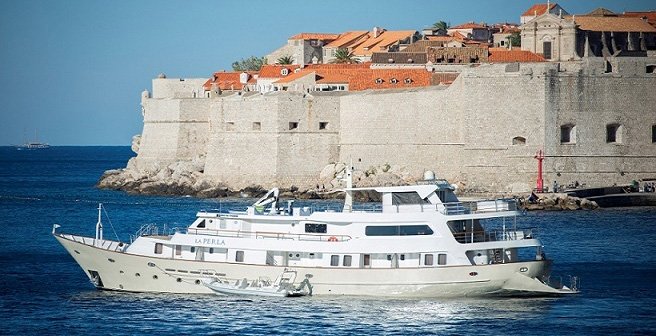
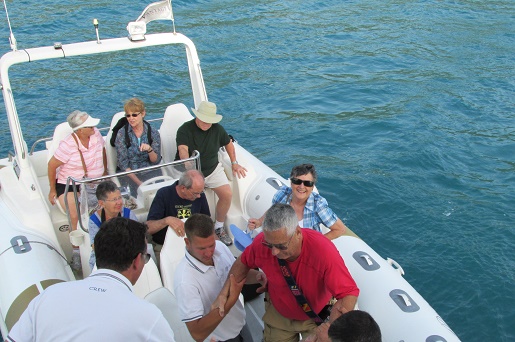
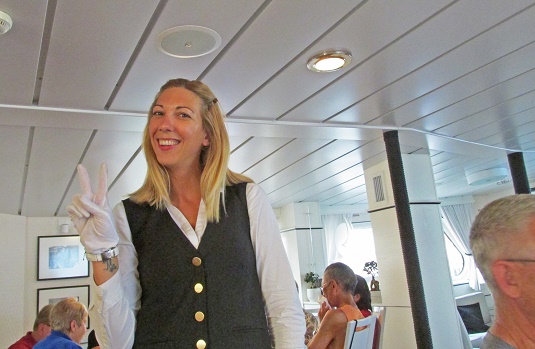
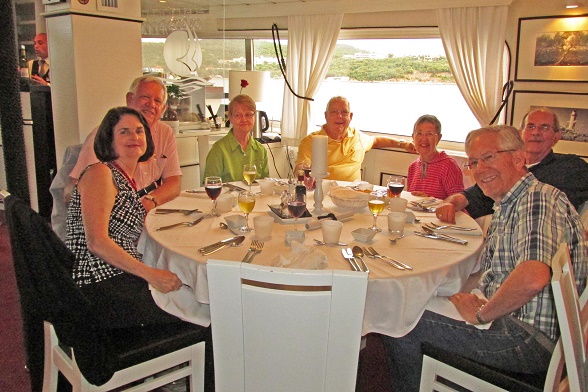
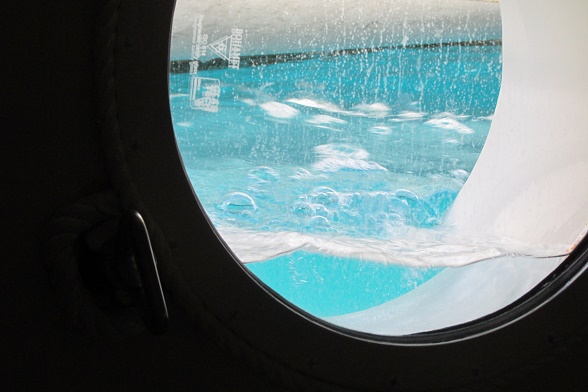
Sandy & Mike crossed the Atlantic on a slick new Airbus A380, the largest passenger plane flying. A Lisbon city tour and a rest before dinner made a nice first day. The 2nd day took us on s sightseeing excursion to the cute little mountain town of Sintra, which happens to have a well maintained 11th century Royal Palace. A drive by the beach resort town of Cascais (for some reason pronounced "Cash-key"), also home to Europe's largest casino, brought us back to Lisbon for dinner with a traditional Fado music concert.
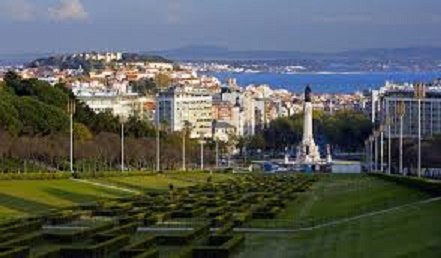
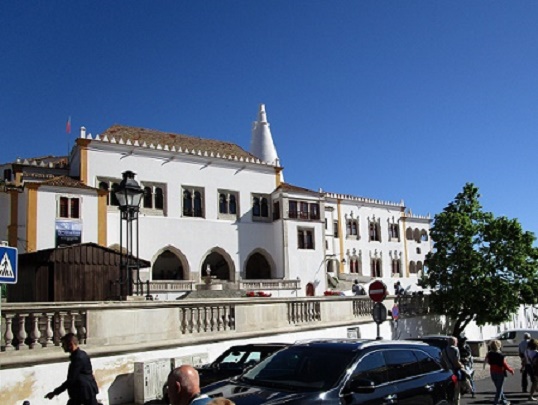
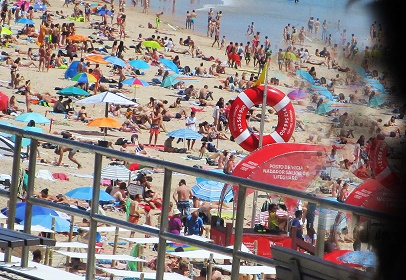
We headed north from Lisbon, with stops at Obidos, a medieval fortified hilltop town, and Nazare, an Atlantic coast beach resort, to the city of Porto, at the mouth of the Douro river, where they boarded the Douro Spirit. This riverboat carries 130 passengers, is fairly new, and nicely fitted out. We immediately made new friends with the Porto skyline in the background. The next morning we navigated our first two locks (one of them the deepest river lock in Europe at 114 feet), and admired the scenery along the river. The Douro is much more rural than other European rivers, and lined with vineyards and wineries. We stopped for tasting, a tour, and a nice dinner at the first of many we would visit.
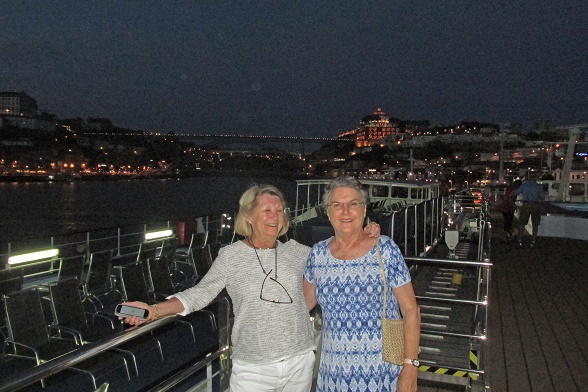
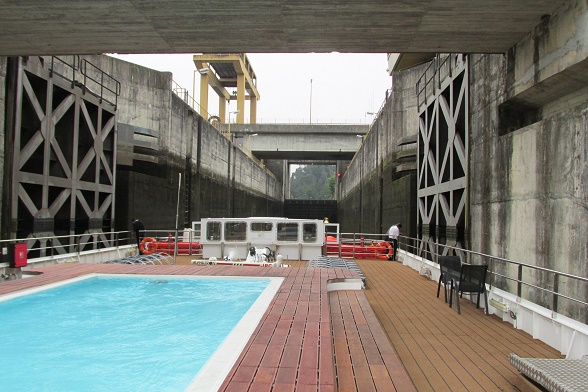

The Douro Spirit sailed up the river, gaining height beside a big hydro-electric power plant. We visited a fortified hilltop city dating from the 1200's which once was the capital of Portugal. The Captain's dinner was great, and some local Flamenco dancers performed.
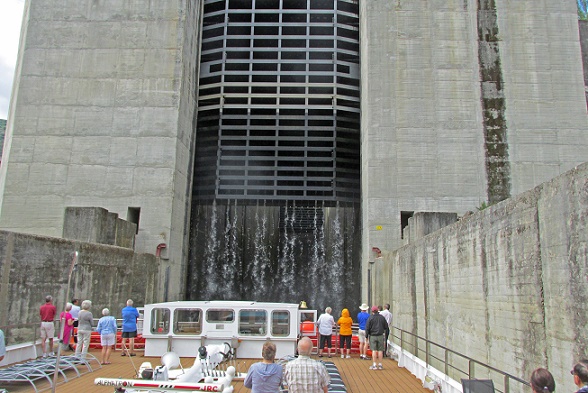
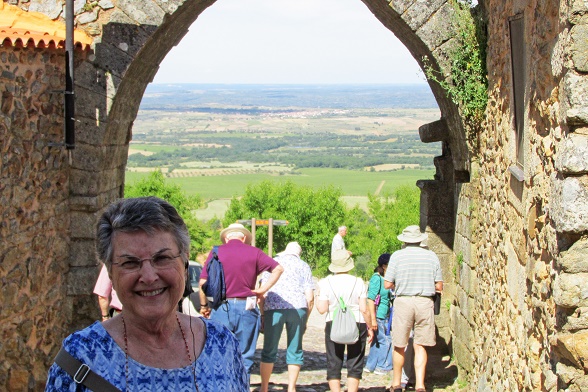
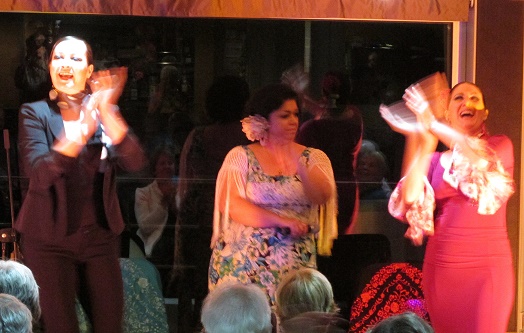
We crossed into Spain for a visit to Salamanca, another UNESCO World Heritage site. This city has a big cathedral, so popular for weddings that couples wait years for a slot, so the local city hall does a good wedding business as well. (The city hall is on a square VERY similar to St. Marks Square in Venice.) The local university was founded in 1218, and is counting down the days until their 800th anniversary. Who knew that Sandy has an ice cream business in Spain? And on the way out of town we saw a mother stork and two babies nesting on a utility pole. Nearing sunset, the ship docked at the small village of Barca D'Alva along with other river boats.

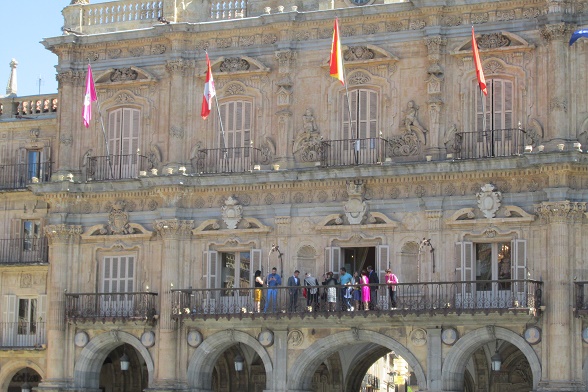
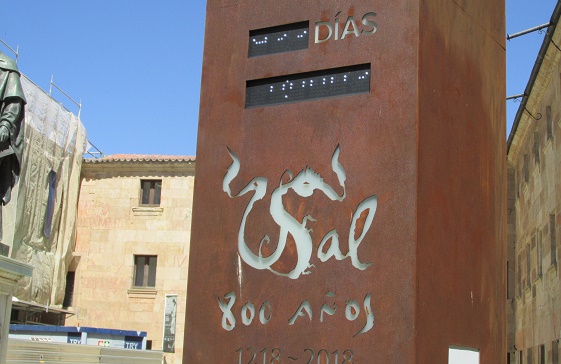
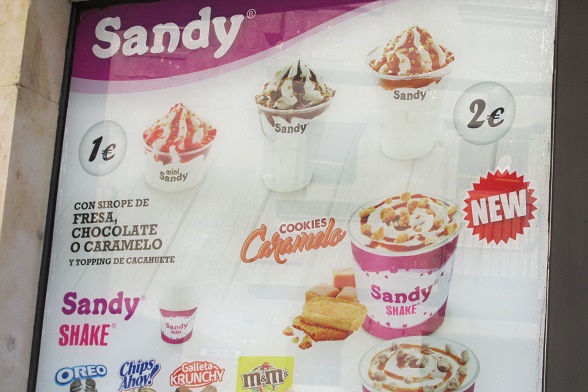
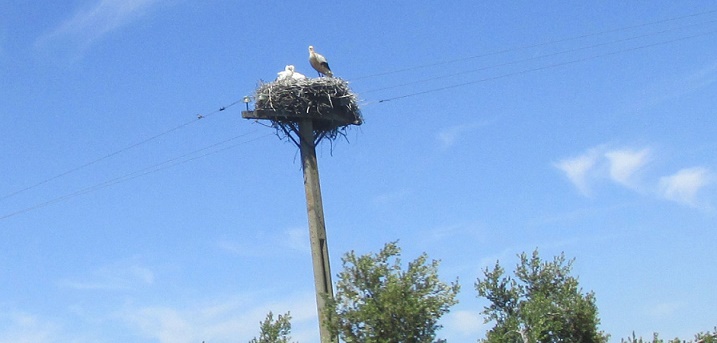
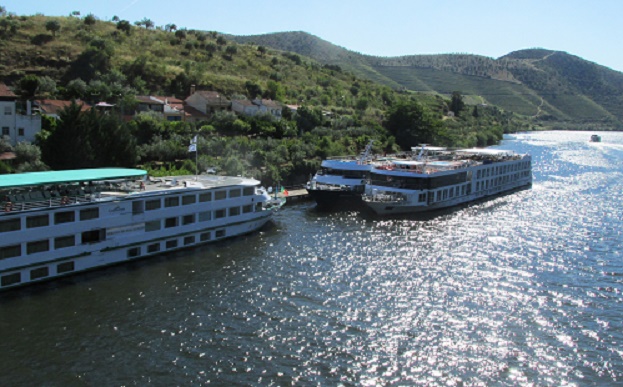
Now we cruised back down the river, stopping at the Sandeman winery (HUGE!), founded by a Scottish family and whose logo is a man dressed in a black cape and a black hat. In the village of Mateus, we visited an enormous lavishly decorated palace and its gardens (no pix allowed inside).

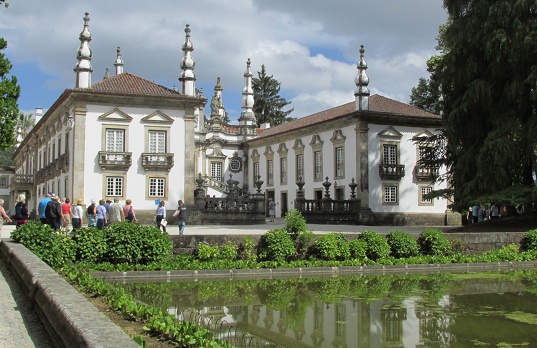
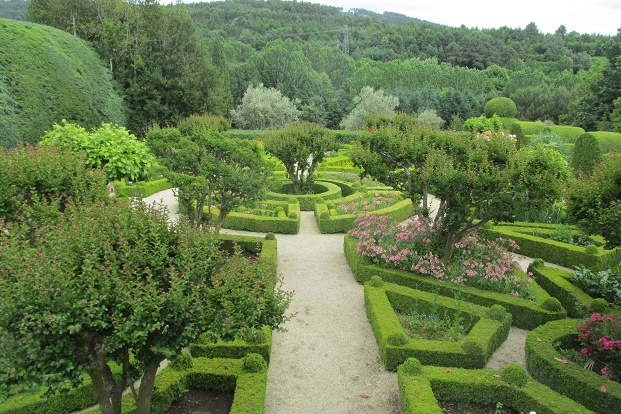
The Douro Spirit continued back down the river to the city of Porto, the end of our voyage. There are numerous steel bridges across the river here, and colorful waterfronts. Along the waterfront are huge warehouses where the Port wine is aged in giant oak barrels, and remember our 1776? This one was in business making port wine 25 years BEFORE that! We had a city tour, including a 12th century cathedral, an elborately decorated train station, and (supposedly) the world's fanciest McDonalds, with stained glass and crystal chandeliers. That night was the farewell dinner, a musical performance by a local college troupe, and hugs all around.


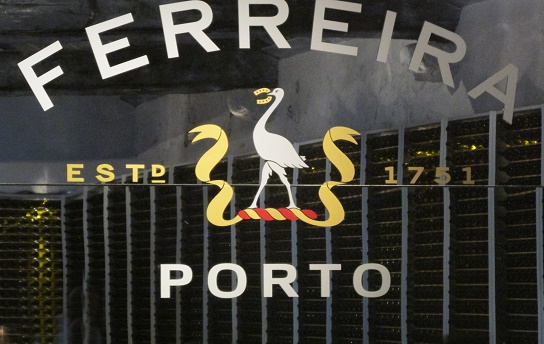


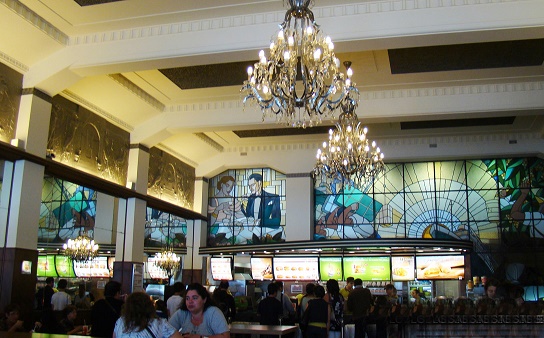
Mike and Sandy flew from Portugal to Zagreb, the capital of Croatia. Zagreb is part old Europe, part new, part Western, and part Eastern, thanks to its past as a major city of Yugoslavia under Tito. The "Old Town" is on a hillside, several hundred feet above the "New Town." Sandy found they have quite a bit of street art, and a quaint open air market. Of course there's a big cathedral, and lots of museums. That night we joined the thousands in the main square watching big-screen TV's showing Croatian playing in the European football (soccer) tournament.
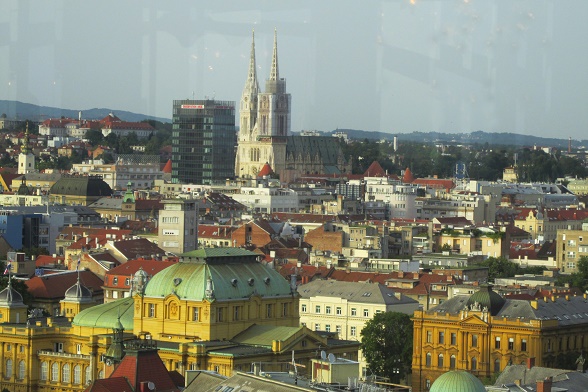
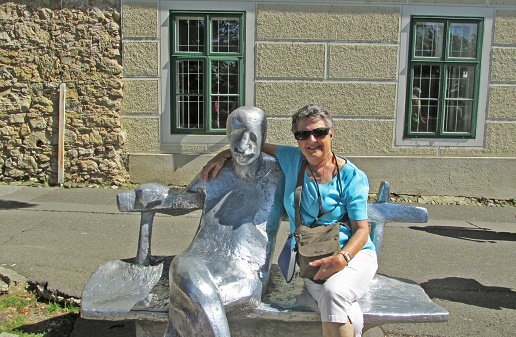

The second day in Zagreb the group hit the road to a nearby village where archaeologists have unearthed evidence of Neanderthal Man in the area. We then visited another little village and the house where Tito, the dictator of the old Yugoslavia, was born, and capped the day off with a big lunch and tasting at a Croatian wine estate.
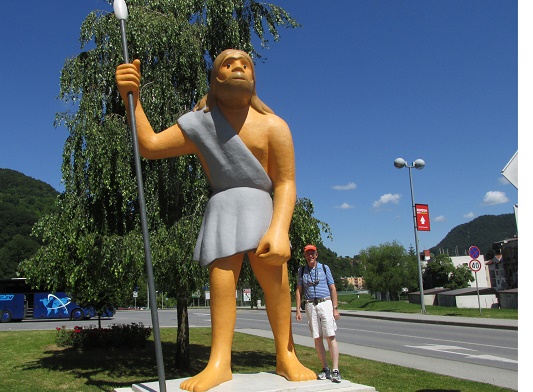
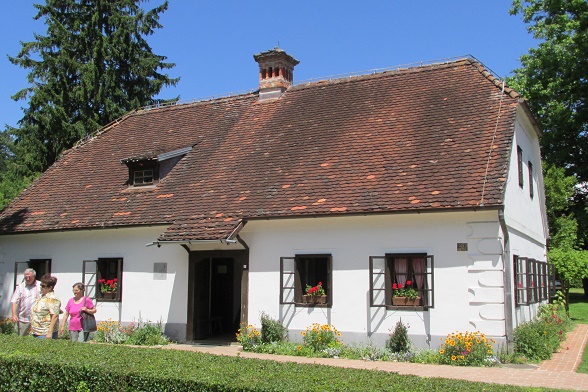
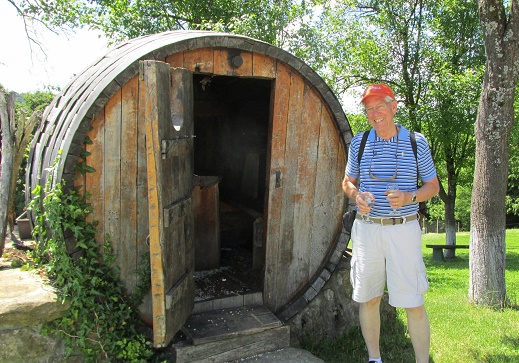
Mike & Sandy, along their new tour mates, flew from Zagreb down to Dubrovnik. Before boarding the boat, they visited an old mill from the 1700's, and took a walking tour of the old city. La Perla, their floating home for the next week, was waiting for them. This yacht caries only 26 passengers, so its "feel" was more like a small river boat than a big cruise ship -- but the service on board was certainly "white glove." That night dinner was served as the boat was anchored just outside the Dubrovnik harbor walls.

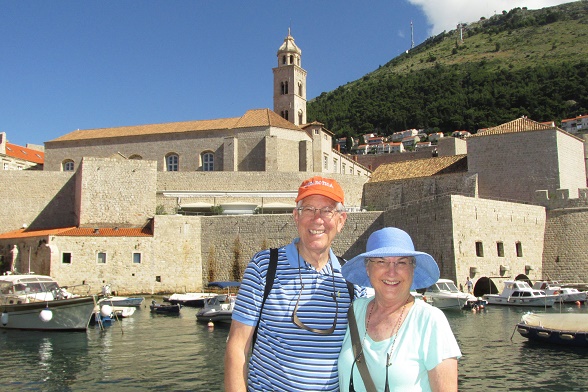
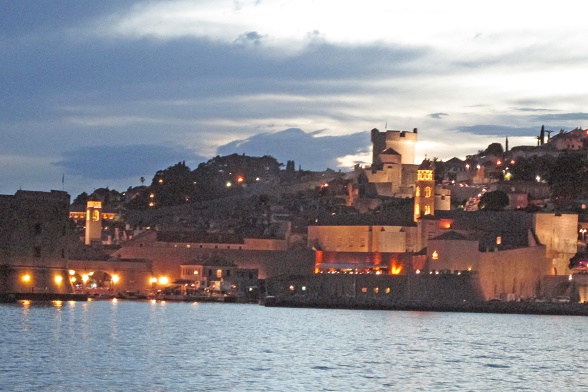
Today La Perla slowly cruised north up the coast, as all enjoyed the beautiful scenery. The port of Ston provided a place to board a coach to travel inland to the old Bosnian town of Mostar, with its UNESCO-listed stone bridge, built in the 1500's. They visited a mosque, a Turkish house, and saw some buildings not yet repaired from the 1990's war. Back in Croatia, a dinner in a local family's home was a special treat.
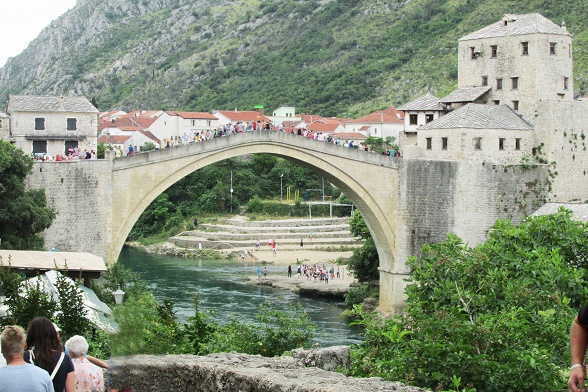
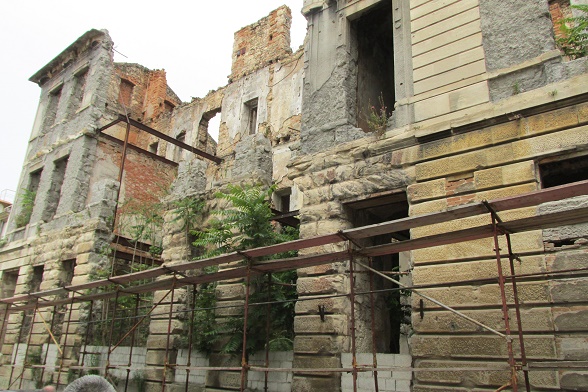
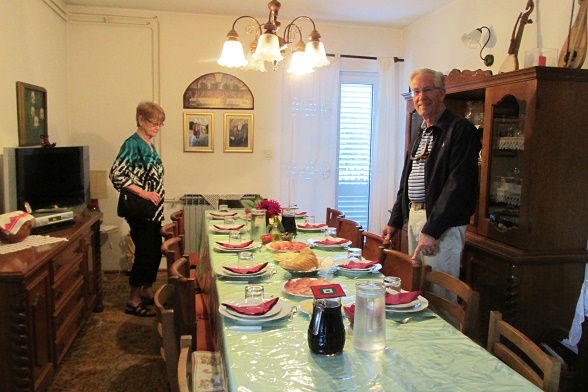
La Perla continued up the coast, stopping at the island of Korcula, where traces of inhabitants from the 5th century BC have been found. The Greeks developed port towns, and the whole area was controlled by the Venitians for many years. This is an overhead view of the old town, with our yacht and tender tied up at the dock, a bit of sightseeing, and Sandy visiting a shop that makes jewelry from coral.
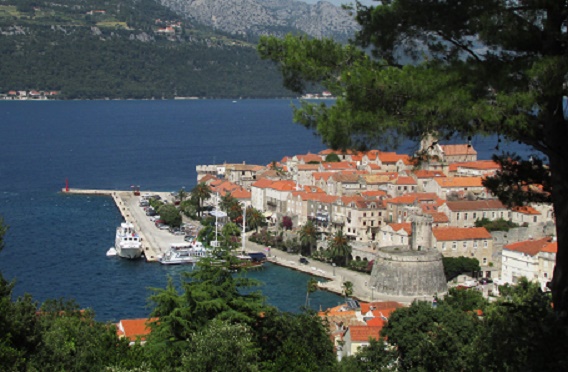
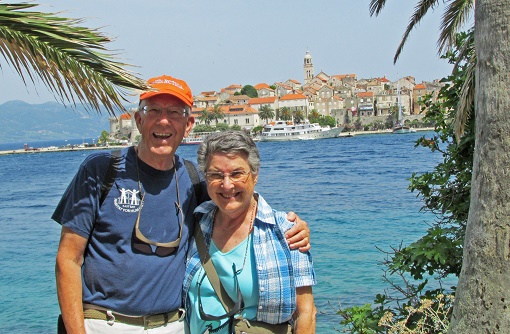
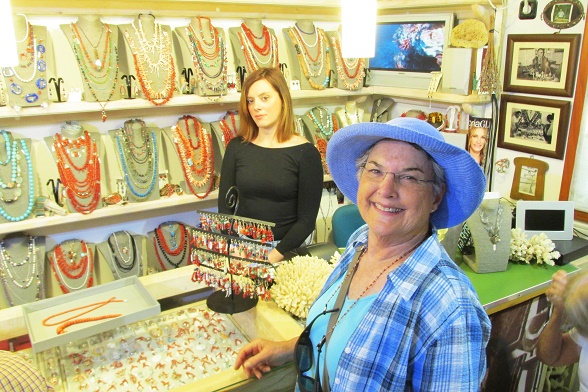
Hvar was the next stop, as we continued north up the coast. This is apparently the "trendy" port along the coast, as the lineup of big yachts suggested. (Our local guide told of Prince Harry being here two years ago, getting drunk, and falling into a hotel swimming pool.) The area is also famous for fields of lavender, and several palacial homes built in the 1500's.
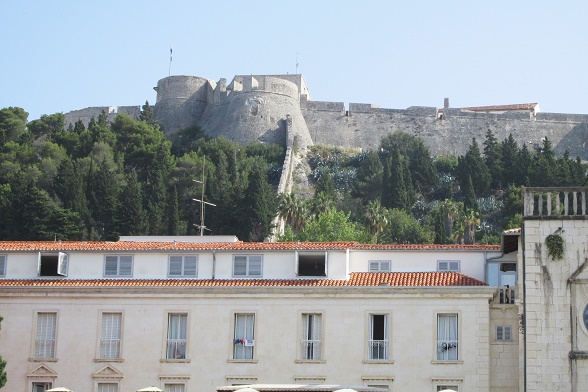
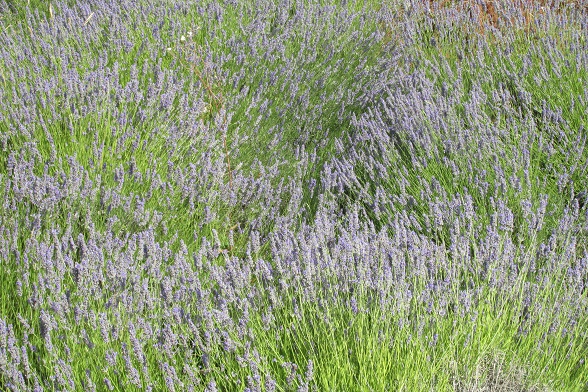
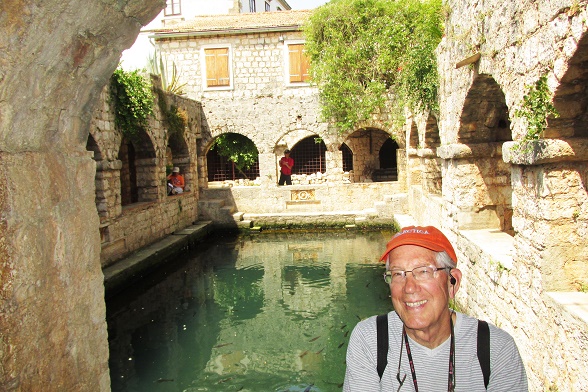
Split is Croatia's second largest city, and the hub along the Dalmatian coast for ferries, tours, cruises, etc. But it's biggest claim to fame is its huge palace, the retirement home of Roman Emporer Diocletian, built around 300 AD. Parts of it are still intact, and others are partially so, and the whole of it has been turned into a combination of museum, shops, and restaurants. And did we mention these shops are prepared to take any credit card you might have with you?

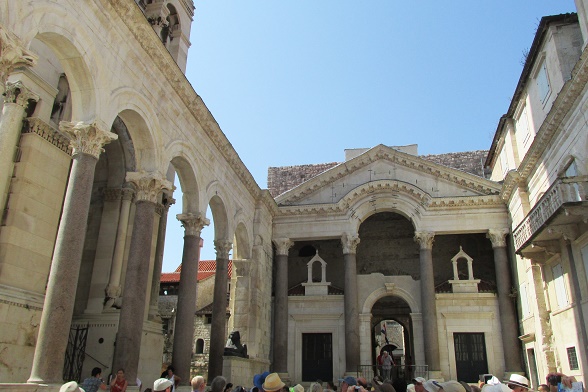
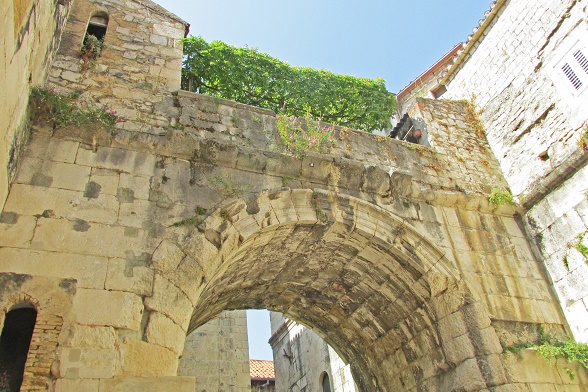
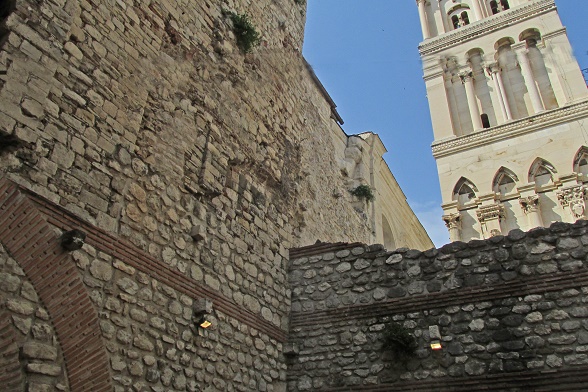
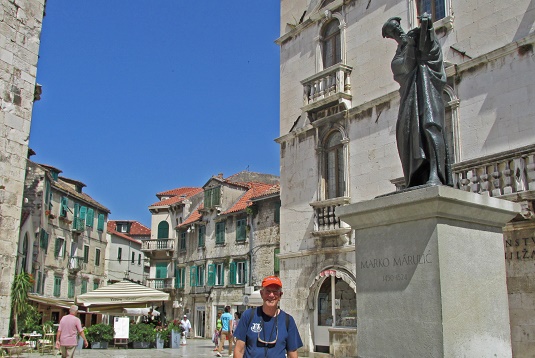
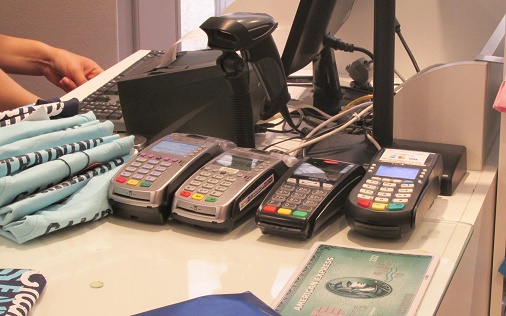
Sibenik was the next port to be visited via the yacht. We visited a National Park, built along a river and its waterfalls, and a nearby small village, where we saw an example of the pride of the Yugoslavian auto industry from the 1960's. Back on the boat, the Captain's farewell dinner marked the time to say goodbye to La Perla's great crew of 9.
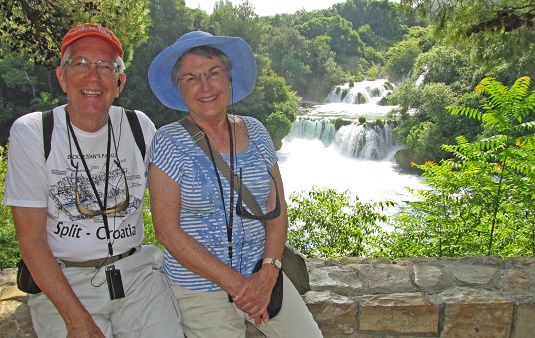
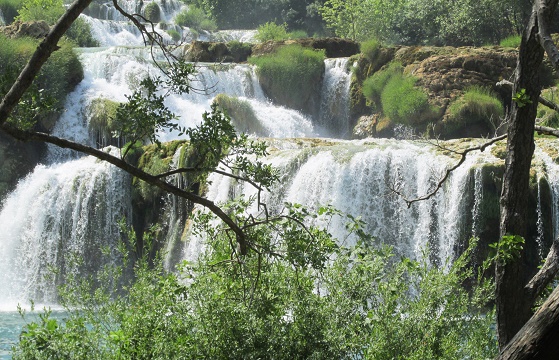
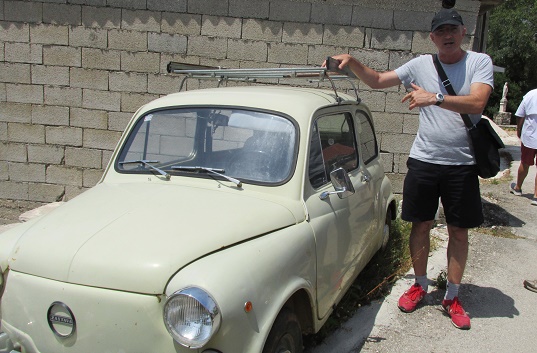
Disembarking La Perla at the old Roman-era town of Zadar, the tourists did some local sightseeing, and then continued by bus to Opatija, only a few miles miles from the Italian border at Trieste. This is a classical old-Europe beach resort town, and we were somewhat of a novelty, as few American tourists come here -- mainly Croatians, Italians, Austrians, and Germans. Our local guide stood out, dressed in a period costume.

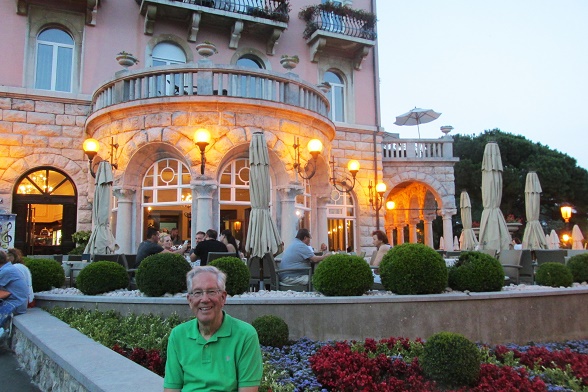
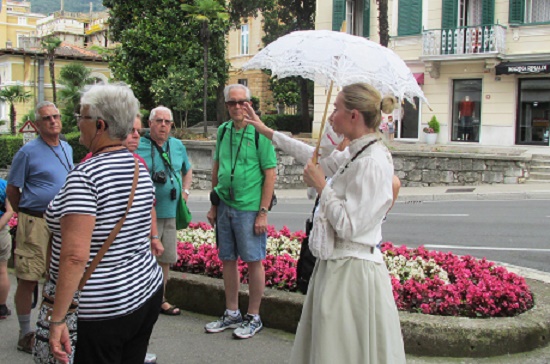
Our last day in Croatia saw us drive through a long tunnel under a mountain range to the Istrian Peninsula, right against Croatia's border with Italy. In the town of Pula, we saw a Roman arena, smaller but the same design as the Colesium in Rome, and then enjoyed a visit to Rovinj, a seaside town frequented by Italian visitors.
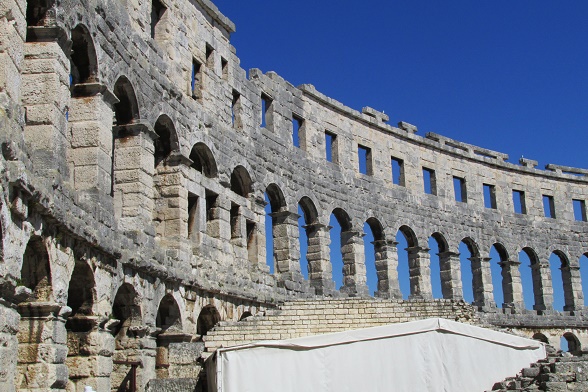
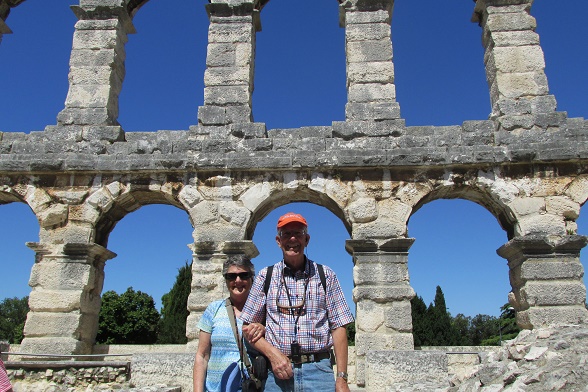

In summary, Portugal was fun, with lots of wine tasting opportunities, while Croatia was amazing - highly recommended for a visit!